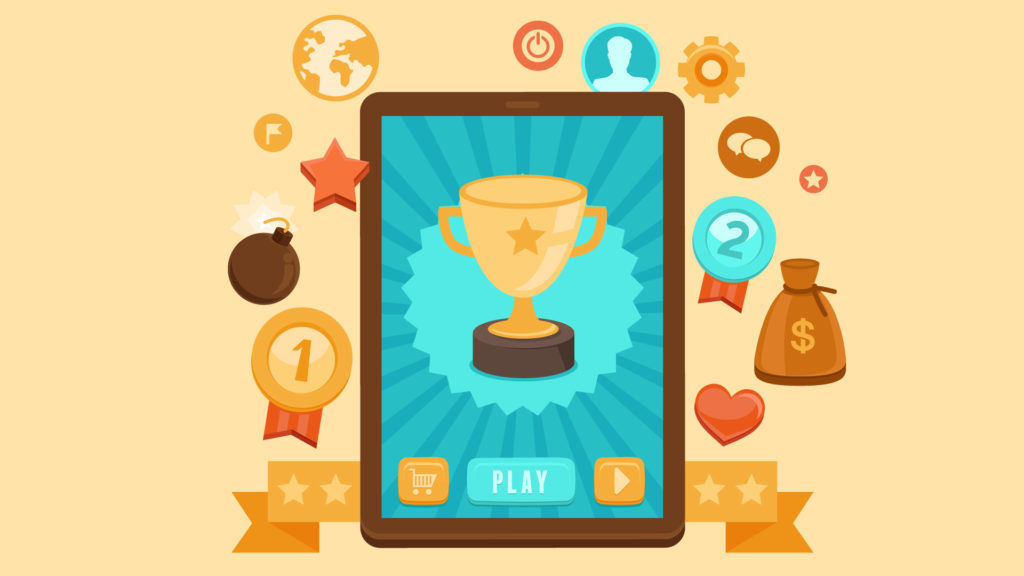Gamification is synonymous with e-learning and offers plenty of benefits to the table. But how can businesses practically apply the features that game mechanics offer to ensure you reap the rewards?
In this article, we’re going to walk you through how gamification enhances e-learning platforms and how to choose game mechanics that will improve your online training strategy.
How is Gamification different from e-learning?
Although gamification and e-learning are two distinct concepts they can be used together to enhance the online learning experience. E-learning involves the use of electronic technologies to facilitate learning while gamification involves applying game design elements and principles to engage and motivate users.
The primary goal of gamification is to make e-learning tasks more interactive, enjoyable, and rewarding by incorporating elements like points, badges, leaderboards, levels, and challenges.
By applying game mechanics, e-learning platforms can incorporate various types of interactive features, simulations, quizzes, assessments, progress tracking, multimedia content (videos, animations, etc.), discussion forums, and social learning capabilities to facilitate learning and knowledge retention.
These elements are designed to enhance the effectiveness and accessibility of educational content by engaging trainees and helping them to understand and retain information at faster rates than traditional training methods.
For example, gamified systems can provide immediate feedback, progress tracking, and performance analytics to users, allowing them to monitor their progress, achievements, and areas for improvement in real time. Feedback mechanisms reinforce desired behaviours and encourage continued learning.









